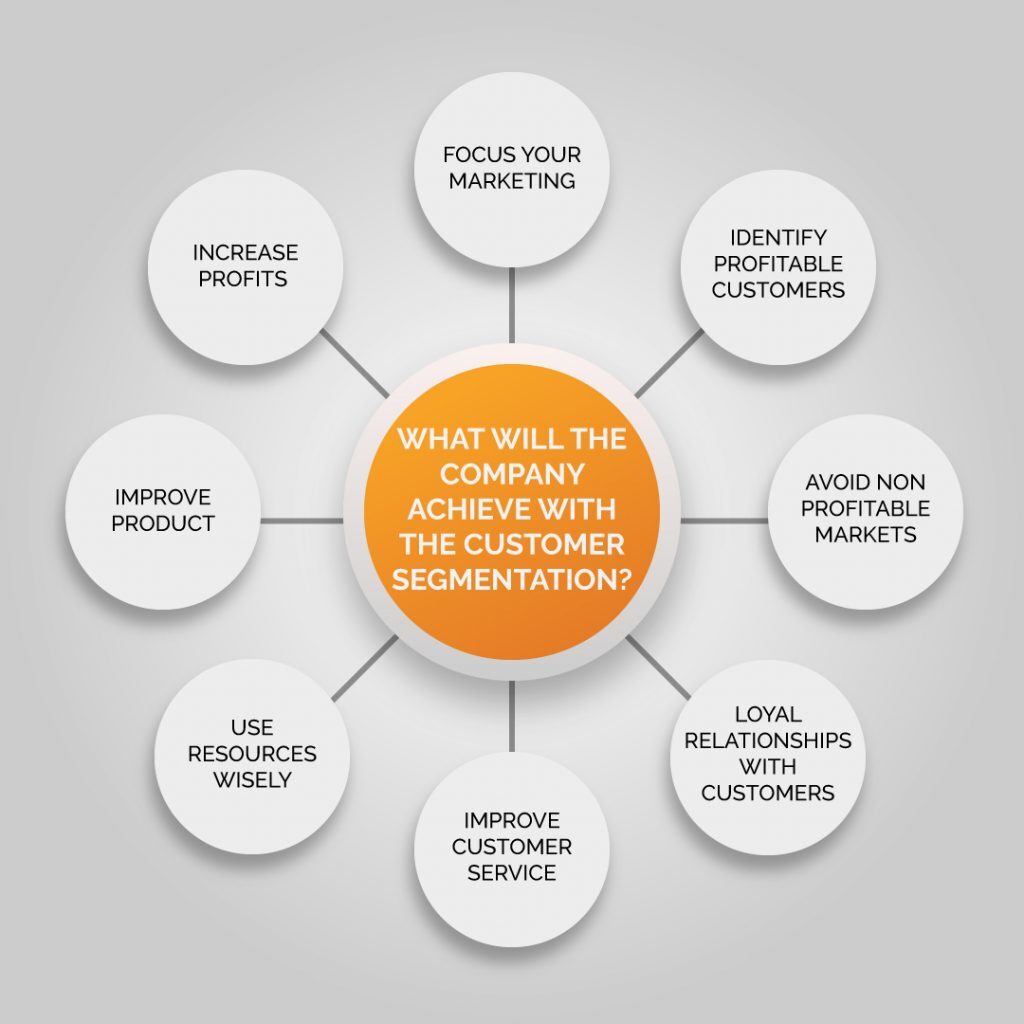
Global telecom companies are constantly gathering different kinds of data on their current and potential customers in order to carry out customer segmentation. They collect data on their customers’ age, gender, lifestyle, preferences, daily network usage, habits, and tastes.
Reason:To establish customer segmentation using data mining techniques has become essential in today’s fast-paced world of cut-throat competition and the run for customer satisfaction through quality service.
In modern-day telecom service management, service providers are in a constant state of battle over subscriber mind-share. Under such circumstances, boosting the current customer experience is the most efficient tool of Telecom Marketing. This not only reduces customer churn but also effectively maximizes revenue.
Today’s Telecom software along with audience segmentation and Contextual Marketing defines the customer base. This helps gauge the customer value, which has become essential now that consumer preferences have become so very dynamic.
The key to determining why these are so important for global telecom service providers nowadays is to understand a very basic fact: It is the consumer who decides the fate and future of a telecom company.
So it is imperative for the service providers to keep the consumers happy, and maintain their happiness quotient if their business has to stand a chance to sustain in this super-competitive market.
The New Fundamentals of Telecom Marketing:
Customer churn: In business, there are always more failures than successes. That’s a given. The logic applies more to the telecom industry than any other.
While gauging the successes, it is imperative for a telecom service provider to assess its failures as well. This, in fact, gives a better and clearer view of its actual success. Customer churn is one such negative measurement that denotes the percentage of customers lost, as opposed to the percentage of customers gained.
Simply adding up new customers to the previously counted figure does not give a fair idea. After all, those lost needs to be counted and assessed for reasons why they chose to part ways.
Generally counted over a 3-month or 6-month period, the customer churn rate is derived by dividing the number of customers who stopped using the company’s service during that period by the number of customers who were enrolled at the beginning of that same period.
If the quarter begins with, for instance, 400 customers, and ends with 380, the percentage of customers lost is 5%. This is the churn rate of the company.
Calculating the percentage is only one method of gauging customer churn in the telecom industry. Other options are calculating the actual number of customers lost, the value of recurring business lost, or the percentage of recurring value lost.
While calculating customer churn, it is important to understand and apply customer segmentation and know how much customers are lost. This will help overcome the issues and expand the business more efficiently.
Contextual Marketing: With the onset of messaging and calling mobile apps, there has been a steep decline in people’s usage of SMS, international voice call and roaming services. With this decline, the focus has shifted massively from these services to internet data services. This means, there are fewer things to compete over, building the pressure on the Telecom Marketing departments.
This is where Contextual Marketing helps in devising a holistic yet specific marketing approach. It is a marketing technique that involves retaining, cross-selling and up-selling existing customers and this can be done with proper customer segmentation and catering to each segment of its customer based on what is most relevant to them. To achieve this, marketers also conduct behavioural segmentation and find out about the consumers’ personal preferences directly from them.
Contextual Marketing utilizes this collected data and applies them to machine-learning algorithms to achieve the objectives of a successful telecom marketing plan.
Customer Micro-segmentation marketing: The purpose of customer segmentation is to segregate the masses into specific groups or segments defined by their age, gender, preferences, kind of services used, network usage, etc to cater to the requirements of each of these groups efficiently.
This is done in conjunction with Contextual Marketing to best serve its purpose.
These two forms of marketing are best suited for telcos, as people use the telecom services quite differently based on these parameters.
However, these generic static parameters are no longer enough to sufficiently segment the masses. The concept of micro-segmentation came about with the changing business velocity and the need for relevance becoming more and more important.
It was noticed during the past decade that large demographics or profiling do not sufficiently reflect the needs of the business objective. This led to the need for segmentation of customers in micro-level.
Micro-segmentation marketing involves a deep understanding of each and every narrow segment of entities that have similar behavioural patterns or preferences.
For instance, not every user of the same age group spends equally on each of the categories of services. Neither do customers who spend highly on a certain service, like the internet, use it for the same purpose. Some may use it for only messaging on smartphone apps, while others use it on browsing, and others still utilize the data package on watching videos.
Consumer tastes and preferences are quite volatile and dynamic. However, a proper understanding of these choices and the reasons behind them is the key to successful consumer segmentation.
Telecom service providers need to understand these “needs” and treat them separately to form micro-segments of consumers to serve their consumers better. After all, the consumer is king!
Final thoughts:
In today’s competitive market, marketers need to implement Contextual Marketing and micro-segmentation marketing to meet their marketing goals.
It must be remembered that the key to all these marketing ideas is data — data that are collected from the consumers themselves, apart from other sources.
Understanding, managing and utilizing this data is the key to assessing your successes and failures and planning the path ahead.
With the right understanding of the customer segmentation models, a telecom company can suitably utilize the fickle consumer preferences as a tool to improve and expand.



